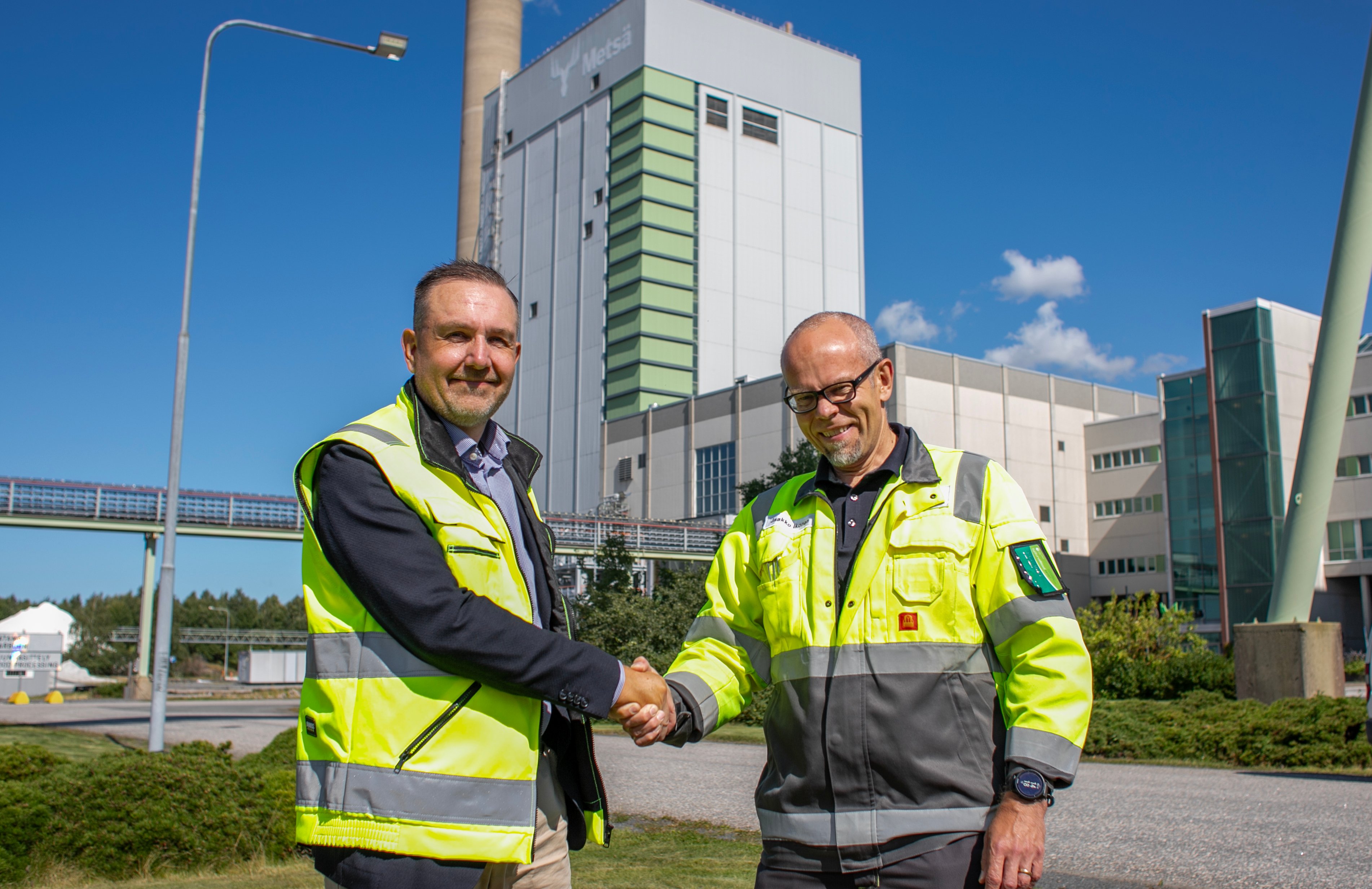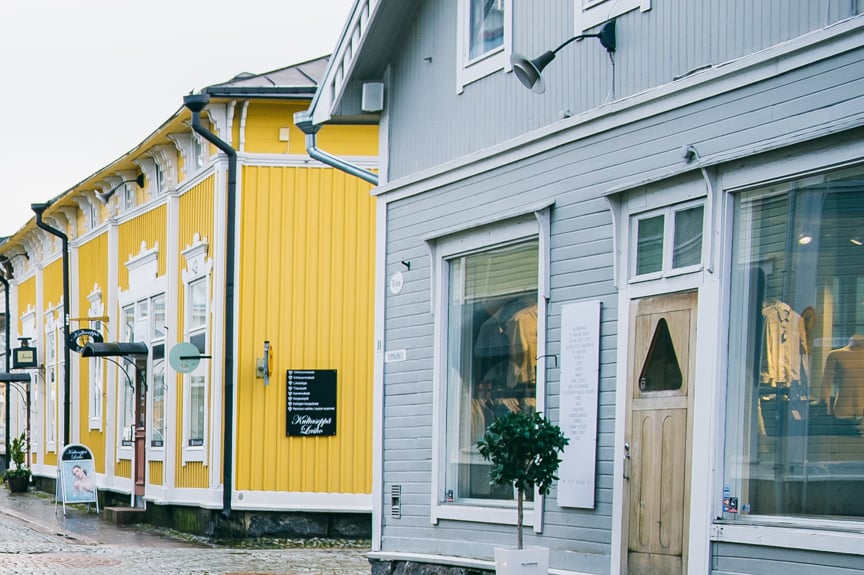“This significant additional capacity diversifies our heat production. Importantly, it means we won’t need to resort to oil use in backup and peak-load plants as quickly. The agreement also aims to reduce production costs and district heating emissions,” says Marko Haapala, CEO of Rauman Energia.
Haapala estimates that surplus heat from Metsä Fibre will be most beneficial to Rauman Energia during spring and autumn. In summer, district heating demand drops to around 10 megawatts, while in winter temperatures around zero push demand to about 50 megawatts, and during severe frosts it exceeds 100 megawatts.
The goal is for Rauman Energia to start receiving district heating energy from Metsä Fibre in early autumn 2026.

Local heat for Rauma homes
All the energy required by the Rauma pulp mill is produced from production side streams, generating more than the mill itself needs. This renewable energy is sufficient not only for the mill’s own operations but also for the national electricity grid and as heat for the adjacent Rauma sawmill. Expanding the use of surplus heat further improves the energy efficiency of the integrated mill and sawmill complex, supporting both the mill’s and Metsä Group’s sustainability goals.

Rauman Energia will build a district heating pipeline of approximately 2.5 kilometres and a heat transfer station at the mill.
“In the future, our surplus heat will also be used in Rauma homes and properties. We are delighted to play an even more significant role in the local community,” says Jaakko Ikonen, Mill Manager of Metsä Group’s Rauma pulp mill.
